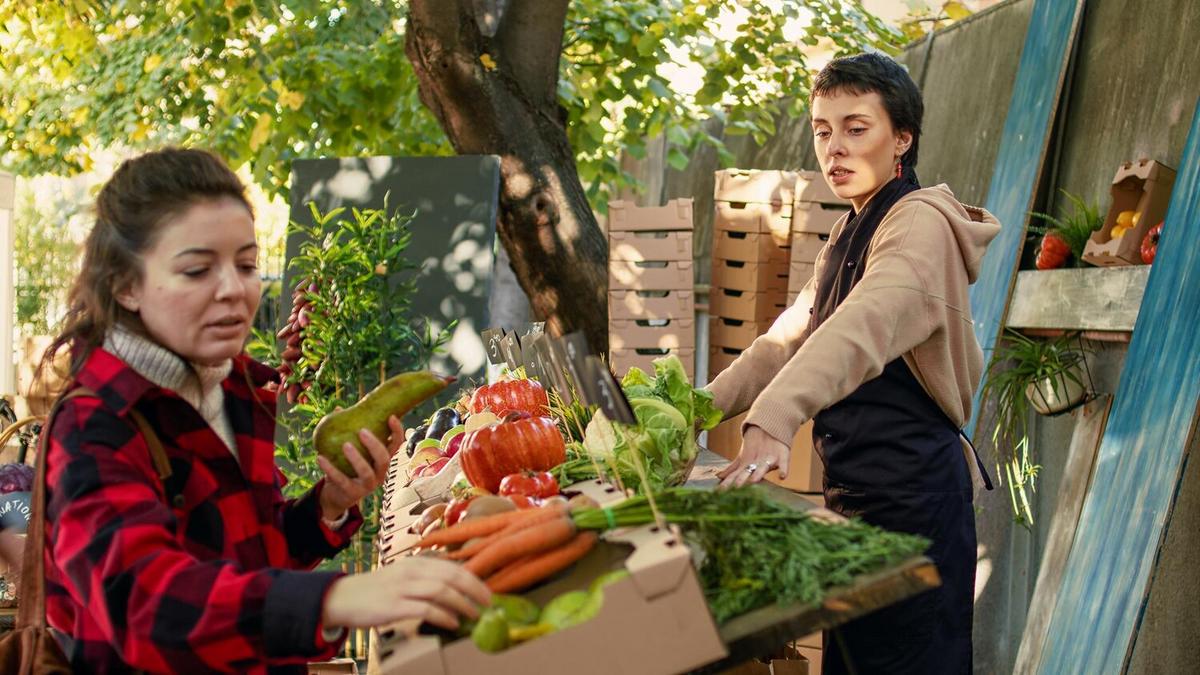
The Rise of Urban Farming: Fresh Ingredients for Sustainable Cooking
Urban farming is not just a trend; it’s a revolution reshaping the way we think about food sustainability and fresh ingredients. By cultivating produce in urban areas, we are not only reducing our carbon footprint but also gaining access to fresher, tastier ingredients right in our backyard.
Urban farming has seen a significant rise over the past decade, becoming a cornerstone of sustainable cooking. This movement is driven by the need for fresh, local produce and the growing awareness of environmental impacts associated with traditional farming methods. According to the United Nations, urban areas are expected to house 68% of the world’s population by 2050, which underscores the importance of sustainable food systems in cities.
The Benefits of Urban Farming
Urban farming offers numerous benefits, both environmentally and socially. It reduces the distance food travels, cutting down on greenhouse gas emissions. Local farms also provide communities with fresh produce, which can improve nutritional intake. The American Public Health Association notes that access to fresh vegetables and fruits in urban settings can enhance public health outcomes significantly.
Expert Insights
Dr. Michael Hamm from the Center for Regional Food Systems highlights, “Urban agriculture not only supports sustainable food systems but also boosts community resilience and local economies.” This perspective is backed by multiple studies showing that urban farms contribute to food security and offer educational opportunities.
Personal Experiences
Take the example of a community garden in Brooklyn, where residents have transformed a vacant lot into a thriving urban farm. This initiative not only provides fresh produce but also fosters a sense of community and shared purpose.
Getting Started with Urban Farming
For those interested in starting their own urban farm, consider the following tips:
- Start small with container gardening or a small plot.
- Choose crops that are well-suited to your climate and space.
- Engage with local farming communities for support and resources.
Consider using vertical gardening techniques to maximize space efficiency and increase yield in small urban areas.
Comparing Urban Farming Styles
| Type | Space Required | Initial Cost | Maintenance | Yield | Examples |
|---|---|---|---|---|---|
| Container Gardening | Minimal | Low | Low | Moderate | Herbs, Tomatoes |
| Vertical Farming | Moderate | Moderate | Moderate | High | Lettuce, Strawberries |
| Rooftop Farming | Large | High | High | Very High | Greens, Squash |
| Community Gardens | Varies | Varies | Varies | Varies | Various Vegetables |
Frequently Asked Questions
What is urban farming?
Urban farming involves growing or producing food in a city or heavily populated town or municipality.
How does urban farming contribute to sustainability?
It reduces the need for transportation, lowering carbon emissions, and often uses sustainable practices that are better for the environment.
Can I practice urban farming in a small apartment?
Yes, container gardening or vertical farming can be excellent options for small spaces.
Urban farming is more than a method of growing food; it’s a sustainable practice that connects communities and emphasizes the importance of fresh, local ingredients. As more people become aware of its benefits, urban farming will likely continue to flourish, providing a pathway to more sustainable cooking practices. If you’re inspired to start your own urban farm, there are countless resources and communities ready to help you embark on this fulfilling journey.


